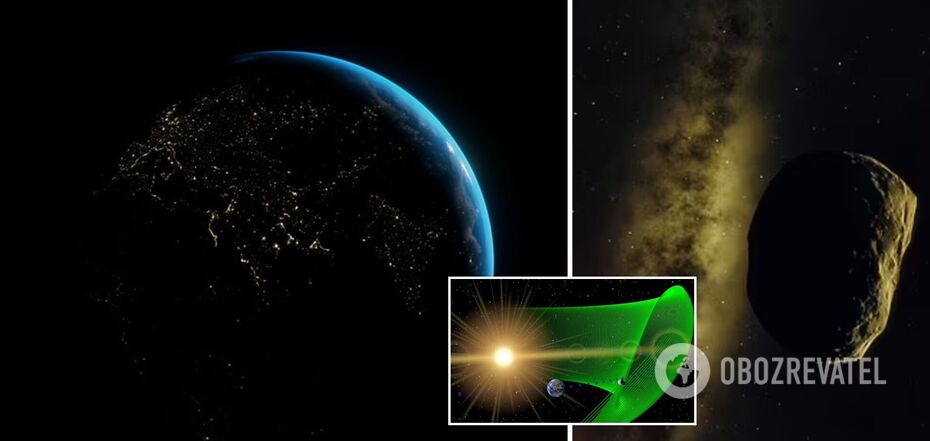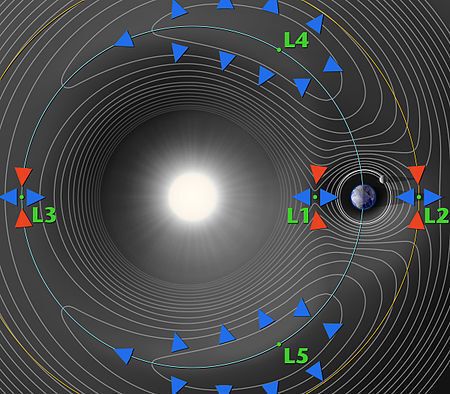News
Another trojan found near Earth: it will stay with the planet for another 4,000 years
A second trojan has been found near the Earth: a space rock 1800 feet wide. It is moving in the same orbit as our planet and will remain there for at least another 4000 years.
The corresponding study by astronomers from the University of Barcelona was published in the journal Nature. Scientists believe that the asteroid, named 2020 XL5, will be an excellent candidate for future expeditions.
The first such trojan, 2010 TK7, was discovered near the Earth in 2010. Earlier, similar rocks were spotted on Jupiter, Neptune and Mars.
"Trojans rotate in the same plane as the planet but do not collide with it because they are in 'dead zones' where gravitational forces allow the space rock to rotate at exactly the same speed as the planet," the experts explained.
According to them, asteroids are important for space exploration because their unusual orbits can shed light on what the early solar system was like and how it evolved.
The researchers said that the asteroid 2020 XL5 is most likely composed of carbon and may have been ejected by Jupiter from the main asteroid belt. The study authors added that 2020 XL5 is a larger asteroid than 2010 TK7.
According to them, trojans belonging to the Earth "could be ideal targets for space missions and, in the more distant future, for building bases or installing scientific equipment that would benefit from their special location."
To clarify, trojans are moving in the orbits of larger celestial bodies in the Solar System. They are located in gravitationally stable areas near the planet known as Lagrange points. These are places where the gravity of the planet and the Sun is perfectly balanced by the centrifugal force of a small celestial body, holding it in place.
Each planet has five such points: two in front and behind (L4 and L5), two located on the line connecting the planet to the Sun (L1 and L2), and one at the opposite point of the planet's orbit (L3).
2020 XL5, like 2010 TK7, is located at L4.




























